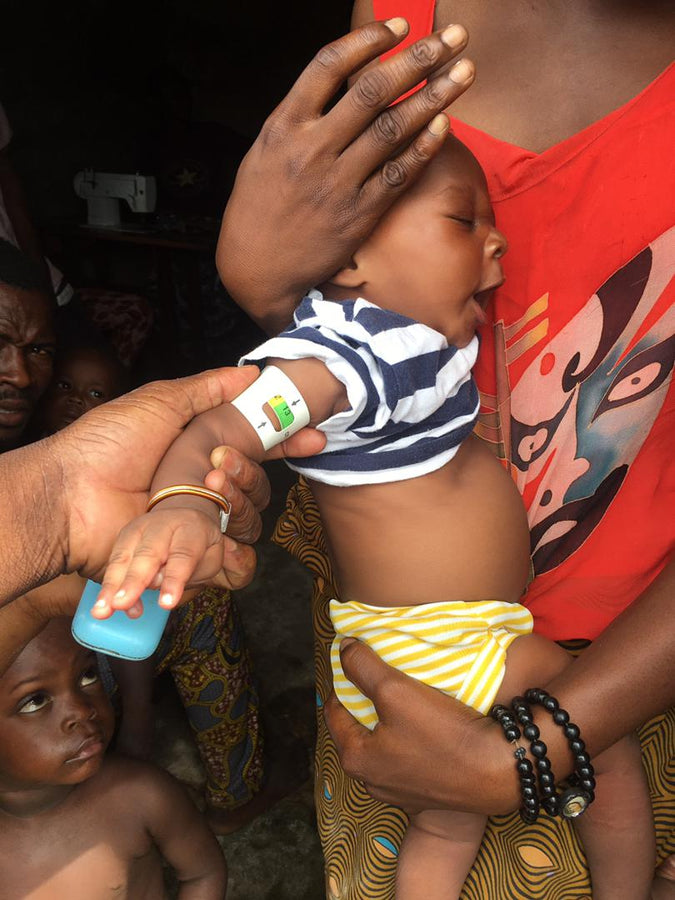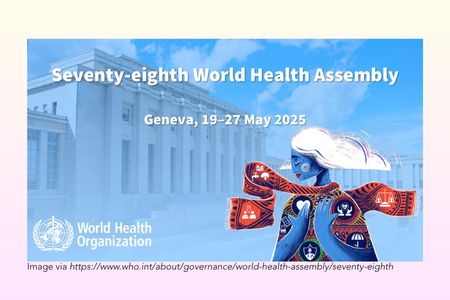Why Iron Deficiency is Holding Back Global Nutrition Goals

Iron deficiency, a prevalent form of micronutrient malnutrition, poses a significant barrier to achieving WHO's global nutrition goals. Low iron alone can impact energy levels, concentration, memory, performance at work or school, cognitive development, and earning potential. From stunting to maternal mortality, iron deficiency's pervasive impact is holding back international efforts to secure a healthier future.
THE STATE OF IRON DEFICIENCY WORLDWIDE
Even with advancements in food production, over 65% of the global population lacks adequate iron intake, leading to widespread anemia and associated health complications. Notably, almost all countries are off-track to attain the United Nations FAO’s global targets for anemia among women aged 15 to 49 by 2030.
Globally, anemia contributes to diminished economic productivity, costing the US up to $113 billion annually in current income losses. Despite these staggering consequences, efforts to tackle iron deficiency and anemia have lagged, leaving millions trapped in cycles of poor health and limited opportunities.
MICRONUTRIENTS AND MEETING NUTRITION GOALS
The WHO identifies anemia as directly linked to five of its six nutrition targets, including stunting, low birth weight, childhood overweight, exclusive breastfeeding, and wasting:
-
Stunting, wasting and low birth weight: iron deficiency during pregnancy reduces oxygen delivery to the fetus, leading to low birth weight, preterm births and restricted growth.
-
Childhood overweight: The "double burden of malnutrition" links anemia and childhood obesity through poor diet quality and inflammation, which limits iron absorption.
-
Exclusive breastfeeding: anemia in mothers lowers breast milk iron content and leads to reduced milk production, jeopardizing maternal and infant health.
Minimizing anemia in women of childbearing age is essential to prevent low birth weight, perinatal and maternal mortality, and future disease. Additionally, adolescents, particularly girls, are disproportionately affected by iron deficiency, which exacerbates stunting and undernutrition in subsequent generations. Without addressing these systemic issues, efforts to combat malnutrition cannot succeed.
A PATH TO IMPROVED GLOBAL HEALTH AND NUTRITION
Addressing iron deficiency is critical to unlocking progress in global nutrition. Integrated, multisectoral policies as suggested by the WHO, such as improving the measurement, monitoring and understanding of anemia among women of reproductive age, increasing partnerships between state and non-state actors, and including nutrition in agricultural and educational sectors, could lead to progress in achieving both micro and macronutrient goals.
A diverse diet, rich in bioavailable iron and other micronutrients, is crucial for preventing anemia and malnutrition. Efforts should focus on fortifying staple foods and scaling up iron supplementation, complemented with long-term strategies of nutritional education and diet modification, particularly in resource-limited settings.
Finally, prioritizing investment now promotes human capital development and national economic growth tomorrow. According to the World Bank, for every dollar invested in combating micronutrient deficiencies, there is an estimated $12 return through improved productivity, health outcomes, and economic performance.
Failure to address iron deficiency subjects our world to poor health, limited productivity, and diminished quality of life. For women, it means increased risks of maternal mortality and reduced earning potential. For children, it leads to impaired cognitive development and poor growth. For nations, it results in reduced human capital and economic growth. Tackling iron deficiency is not just a health imperative - it is a moral, economic, and global necessity.




